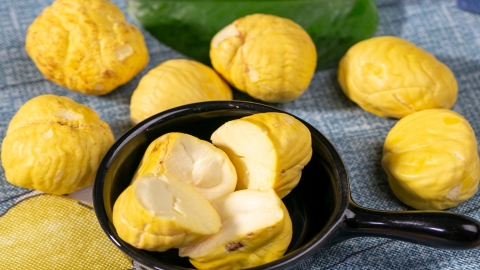Can chestnuts and taro be eaten together?
Generally speaking, chestnuts and taro can be eaten together. Details are as follows:

Chestnuts are rich in carbohydrates, protein, fat, and various vitamins and minerals, such as vitamin C, potassium, and magnesium. Taro contains dietary fiber, mucin protein, B-complex vitamins, and trace elements. Combining chestnuts and taro in the diet not only provides more comprehensive nutritional support but also enhances the texture and variety of food, making it more delicious.
For individuals with weak gastrointestinal function or those prone to indigestion, both chestnuts and taro are relatively difficult to digest. Consuming them together in large quantities may increase the gastrointestinal burden and cause discomforts such as bloating and diarrhea. Both chestnuts and taro contain certain amounts of carbohydrates, especially taro, which has a relatively high starch content. For diabetic patients who need strict blood sugar control, consuming these two foods together in large amounts may be detrimental to blood sugar management.
In daily diets, attention should be paid to diversity and balance of ingredients to meet the body's needs for various nutrients.







